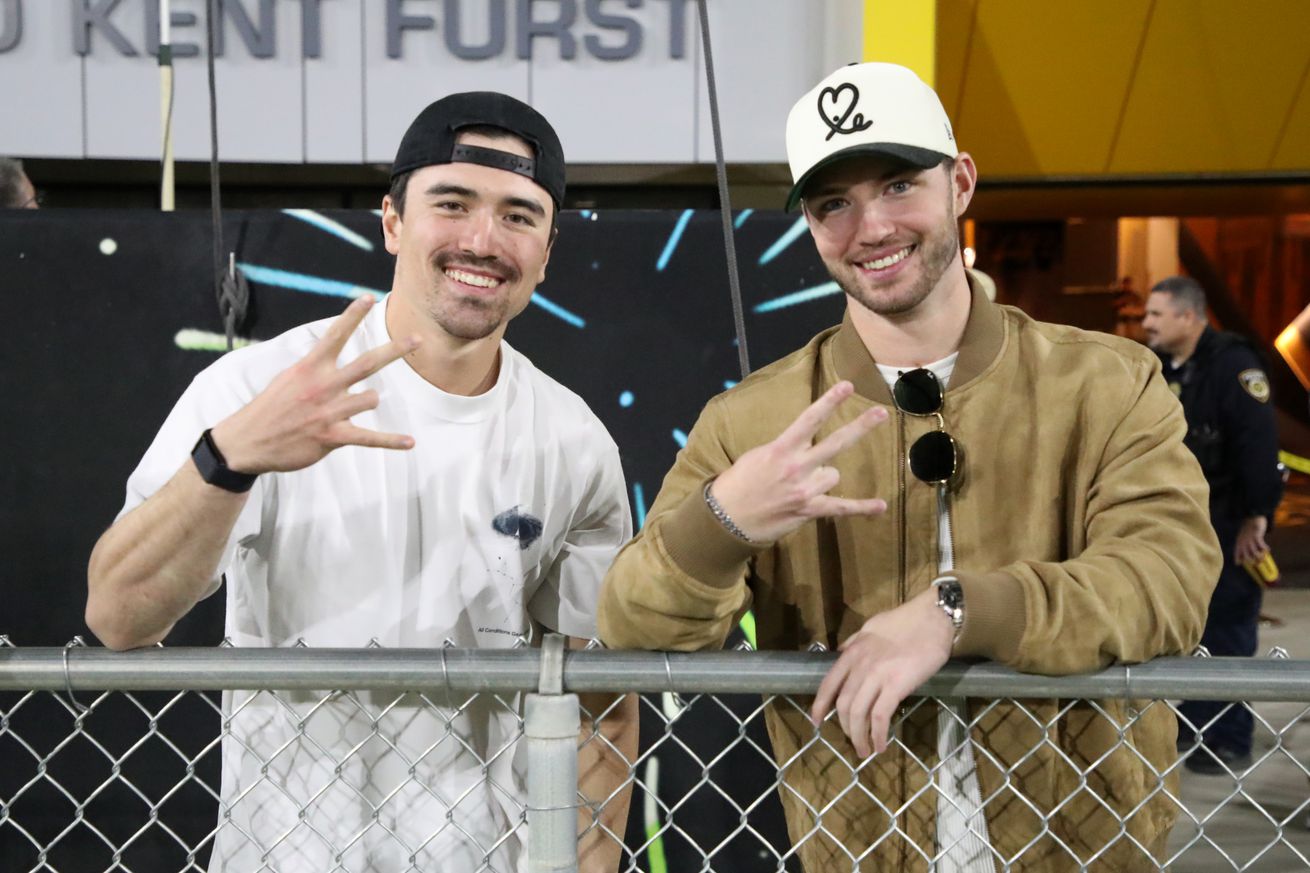
Do the ZiPS projections have any surprises for us?
The Los Angeles Dodgers’ parade route has barely cooled in the LA sun, the first Spring Training games are just 98(!) days away, and the league’s winter meetings are in a little under a month. All of that adds up to it being prime conjecture season when every team (except the White Sox) can dream about the free agents they might pursue or moves they might make. Similarly, even though the hot stove has barely even been lit, that won’t stop projection systems from taking their first stab at predicting how the already signed players will fare in the upcoming campaign. ZiPS from Dan Szymborski out of Fangraphs is often one of the first of these projection systems to be published. While we had to wait until after the New Year for the 2024 version, the D-Backs were “drafted” first in this go-around. That previous rendition had its fair share of misses and hits. It was written before the team signed Jordan Montgomery to solidify the rotation and anticipated a larger and more positive role for Brandon Pfaadt as a result. And while no one could have predicted Corbin Carroll’s struggles, the projections did not foresee an MVP-finalist caliber season from Ketel Marte either. This is all to say that projections like these are simply highly-educated guesses that are based on models using historical data and computer simulations. But that doesn’t mean they can’t make for excellent fodder for baseball writers like myself while we wait for the hot stove season to get cooking!
In my opinion, the overriding theme of the projections seems to be a team with a high floor and low ceiling as a result of enough depth up and down the roster, but lacking enough stars to take them to the next level. That theme has become something of a pattern for the team under Mike Hazen’s leadership with decent success and was even enough to be characterized as “Cardinals-esque” last year, which I’m choosing to take as a compliment. I do have a few quibbles on their predictions for the position players however, beginning with Geraldo Perdomo who they still group together with Carroll and Gabriel Moreno. To this point, I remain unconvinced that Perdomo is taking the next step in his development. Despite having his best overall season with a 3.4 bWAR in 2024, he was just barely better than average with the bat (104 OPS+) and brought significantly more value on the basepaths and with his glove than anything else. Statcast does not rate that defense particularly well, but barring any surprises, he remains the starting shortstop, but he can probably hear Jordan Lawlar’s footsteps close behind. Conversely, those same projections still aren’t sold on Adrian Del Castillo despite his impressive cup of coffee this year putting him solidly on the map. I understand that less than 100 PAs is a miniscule sample comparatively and there was definite luck involved given his unbelievable .438 BABIP overrode other issues, but I still came away supremely impressed by the young man and I’m excited to see how he continues to develop in 2025.
There aren’t very many surprises on the pitching side either with Zac Gallen continuing to lead the rotation as the undisputed ace of the staff. However, there is a slight shift in the rotational hierarchy with Pfaadt and Eduardo Rodriguez moving up while Merrill Kelly slides all the way to the four-hole. We are still waiting for the 2023 playoff version of Pfaadt to emerge more consistently, but he has shown enough flashes of potential to warrant the optimism of both fans and projections alike. Montgomery remains an x-factor in this conversation as his performance in 2024 was an obvious outlier to his career and could just as easily find himself on a different club or in the Arizona rotation. At the moment, the team may not have enough pitching depth to afford to move the veteran, but the feel-good improvements that Ryne Nelson made in 2024 would go a long way towards alleviating that issue. On the reliever side, ZiPS actually sees an improved unit overall with several medium- to high-leverage arms in the likes of AJ Puk, Justin Martinez, and Kevin Ginkel leading the unit to a more consistent performance. Overall, these projections seem to agree with our hopium that the disconnect between the rotation’s ERA (4.79) and its FIP (4.01) are indicative of poor luck rather than structural issues.
Unsurprisingly, the biggest hole remains first base, which ZiPS foresees as a significant weakness that has to be addressed somehow. They do see Pavin Smith’s improvements in 2024 as part of a durable shift rather than a fluke, but it is an extremely tall task for Smith to try and replace a Gold Glove-caliber first baseman who also brings significant upside at the plate. The position remains the biggest priority for the front office to this point and will undoubtedly spawn plenty of conjecture given the relative top-heavy nature of the free agent market for first basemen this offseason. Even still, if these projections are moderately accurate, we could easily see the team reach the same high-80s to low-90s win total they posted in 2024, which should at least keep them in contention for a playoff spot. And who knows better than the D-Backs what can happen once you make it there?
